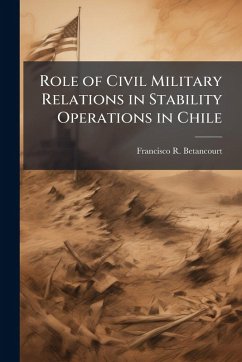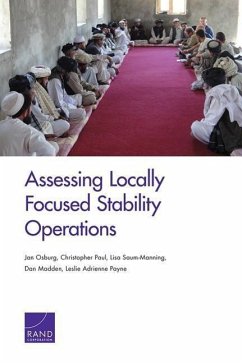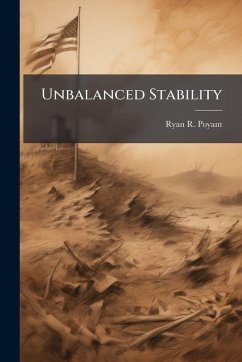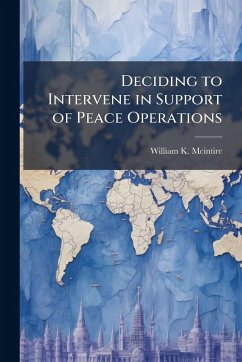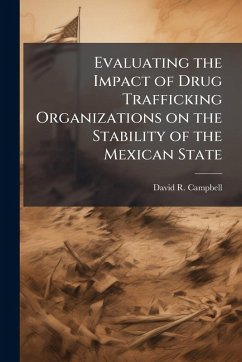
Stability Operations

PAYBACK Punkte
8 °P sammeln!
The Department of Defense emphasis on stability operations caused the United States Army to change its operational concept to Full Spectrum Operations (FSO). The acknowledgment of the importance of stability operations however, does not translate to the ability to plan such operations. As a result, the army has revised its doctrine to meet the demands incurred since embarking on the Global War on Terrorism in 2001. These revisions were necessary and relevant to secure the lessons of eight years of war. However, doctrinal revisions failed to provide a complete theoretical foundation for ill-str...
The Department of Defense emphasis on stability operations caused the United States Army to change its operational concept to Full Spectrum Operations (FSO). The acknowledgment of the importance of stability operations however, does not translate to the ability to plan such operations. As a result, the army has revised its doctrine to meet the demands incurred since embarking on the Global War on Terrorism in 2001. These revisions were necessary and relevant to secure the lessons of eight years of war. However, doctrinal revisions failed to provide a complete theoretical foundation for ill-structured problems as described in FM 5-0, The Operations Process; nor did the revisions do more than provide examples of stakeholders much less provide a definition of such actors; and, while key leader engagements are common practice in Iraq and Afghanistan, doctrine has not provided any tools for structuring these engagements to assist in developing understanding of ill-structured problems, or how to gain consensus among divergent groups of stakeholders. Thus, this monograph outlines three methods for inclusion in future revisions of doctrine to improve the Military Decision Making Process (MDMP) specifically for stability operations. This work has been selected by scholars as being culturally important, and is part of the knowledge base of civilization as we know it. This work was reproduced from the original artifact, and remains as true to the original work as possible. Therefore, you will see the original copyright references, library stamps (as most of these works have been housed in our most important libraries around the world), and other notations in the work. This work is in the public domain in the United States of America, and possibly other nations. Within the United States, you may freely copy and distribute this work, as no entity (individual or corporate) has a copyright on the body of the work. As a reproduction of a historical artifact, this work may contain missing or blurred pages, poor pictures, errant marks, etc. Scholars believe, and we concur, that this work is important enough to be preserved, reproduced, and made generally available to the public. We appreciate your support of the preservation process, and thank you for being an important part of keeping this knowledge alive and relevant.





